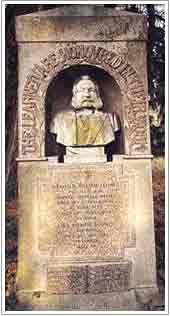History / Legacy |
The University of the Punjab was formally established with the convening of the first meeting of its Senate on October 14, 1882 at Simla.
The University of the Punjab was formally established with the convening of the first meeting of its Senate on October 14,
 1882 at Simla. It was the fourth University to be established by the British colonial authorities on the Indian Subcontinent. The first three universities were established by the British rulers at their initial strongholds of Bombay, Madras and Calcutta. The University of the Punjab came into existence as a result of a long drawn struggle of the people of Punjab after the war of independence in 1857. Contrary to the three previously established universities, which were only examining institutions, the University of the Punjab was both teaching as well as examining body right from the beginning.
1882 at Simla. It was the fourth University to be established by the British colonial authorities on the Indian Subcontinent. The first three universities were established by the British rulers at their initial strongholds of Bombay, Madras and Calcutta. The University of the Punjab came into existence as a result of a long drawn struggle of the people of Punjab after the war of independence in 1857. Contrary to the three previously established universities, which were only examining institutions, the University of the Punjab was both teaching as well as examining body right from the beginning.The contribution of Dr. G. W. Leitner, an enlightened Hungarian and a naturalized Britisher, was instrumental in the establishment of this University. He became its first Registrar. Prof. A. C. Woolner, who remained Vice-Chancellor of this University during 1928-1936, played a key role in its development during the initial decades of this century. His statue still stands in front of the Allama Iqbal Campus of the University. Until independence in 1947 The University of the Punjab fulfilled the educational needs of a vast region of the Subcontinent. Partition of the Subcontinent somewhat reduced the geographical limits of the jurisdiction of the University. However, for many years after independence it still ranged over vast areas including Punjab, NWFP, Baluchistan and Azad Jammu & Kashmir. New universities were set up later in the country to share responsibility for imparting higher education with the University of the Punjab. The strength of the University Faculty was greatly reduced because of the migration of non-Muslim teachers and scholars at the time of independence. The University functioning was restored, mainly due to the efforts of the eminent educationists like Dr. Umar Hayat Malik, who became the first Vice Chancellor after the independence. Academic programs were initiated soon after the independence many new departments. |
 Back to page. Back to page. |
